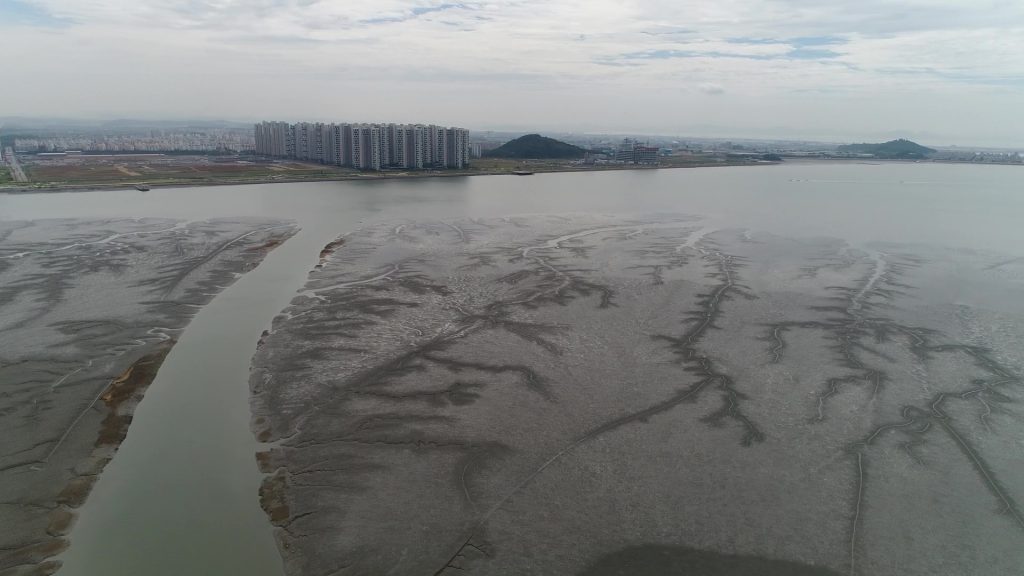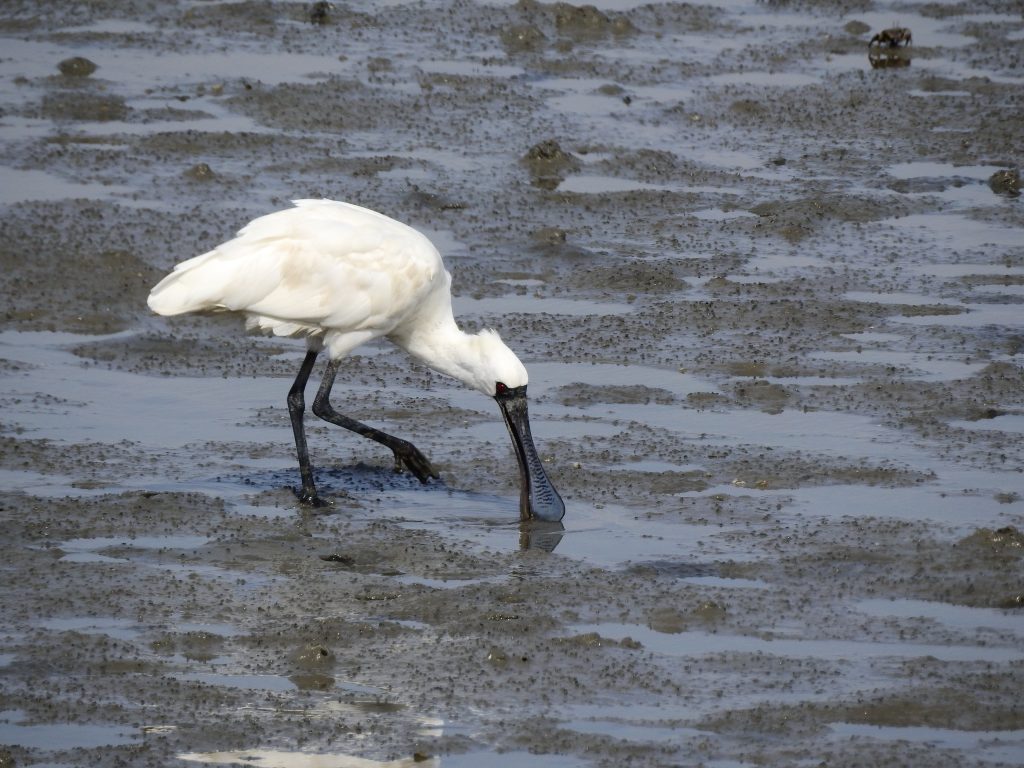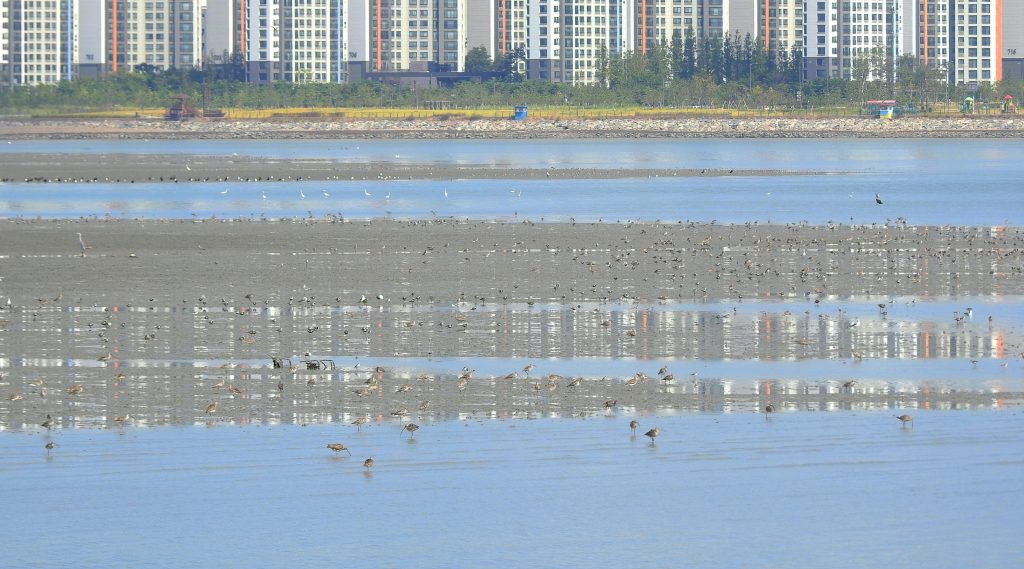On 10 May, 2019, the EAAFP welcomed two new Flyway Network Sites in the Republic of Korea- Janghang Wetland (EAAF 143) and Incheon Songdo Tidal Flat (EAAF 145).
The Janghang Wetland (EAAF143) is located in the Han River estuary at the trans-boundary in the Korean peninsula between the Republic of Korea and Democratic People’s Republic of Korea. This site was established as a National Wetland Protected Area on 17 April 2006. The area covered includes part of Sinpyeong-dong in Deogyang-gu, a part of Janghang-dong in Ilsandong-gu, and a part of Songpo-dong in Ilsanseo-gu, Goyang City.
The Janghang Wetland is the only brackish salt marsh forest in the Republic of Korea. It supports endangered wildlife such as the Vulnerable White-naped Crane (Antigon vipio) and the nationally threatened Bean Goose (Anser fabalis). The Janghang Wetland supported 34,409 migratory water birds recorded in 2017 and a maximum of 140,000 geese in 2017. Other threatened and protected species that live in this wetland are the Black-faced Spoonbills (Platalea minor), Swan Goose (Anser cygnoides) and White-tailed Sea Eagles (Haliaeetus albicilla: CITES I).
Currently there are multiple conservations projects being implemented at this site. These include the removal of invasive plant species, purification activities, feeding of migratory birds, and programs to strengthen the carrying capacity of wintering birds. The management of the Janghang Wetland is under the Department of Environmental Protection of Goyang City.

Photo credit: Goyang City

White-naped Crane (Photo credit: Goyang City)

Waterfowl in Goyang City (Photo credit: Goyang City)
The Incheon Songdo Tidal Flat (EAAF 145) is located in the middle of the west coast of the Korean peninsula. Annually, the tidal flats support over 20,000 migratory waterbirds, and is part of the Yellow Sea Eco-region. The tidal flat is an important stop-over and wintering site for shorebirds. The tidal flat is also a critical breeding site for the Endangered Black-faced Spoonbills (Platalea minor). At least 5 globally endangered and vulnerable species occur regularly, they are Black-faced Spoonbills (Platalea minor) [EN], Saunders’s Gull (Chroicocephalus saundersi) [VU], Far Eastern Curlew (Numenius madagascariensis) [EN], Great Knot (Calidris tenuirostris) [EN] and Eurasian Oystercatcher (Haematopus ostralegus). Also, the tidal flat regularly supports more than 1% of the population of species like the Eurasian Oystercatcher, Grey Plover (Pluvialis squatarola), Eurasian curlew (Numenius arquata), Far Eastern Curlew.
The Incheon Songdo Tidal Flat was listed as a Ramsar Site in 2014. However, the biggest threat to this tidal flat is the constant presence of land reclamation. The site is under the management by Incheon Metropolitan City and Ministry of Oceans and Fisheries of Incheon City.
Incheon Songdo Tidal Flat (Photo credit: Miyoung Choi/Incheon Metropolitan City)
 Black-faced Spoonbill (Photo credit: Miyoung Choi/Incheon Metropolitan City)
Black-faced Spoonbill (Photo credit: Miyoung Choi/Incheon Metropolitan City)

Waders on Incheon Songdo Tidal Flat (Photo credit: Miyoung Choi/Incheon Metropolitan City)
Click for ROK National Page Link




